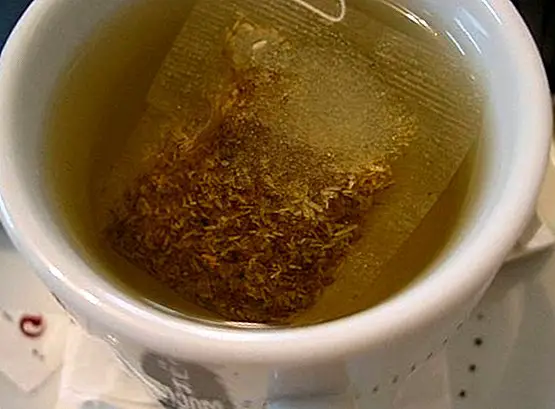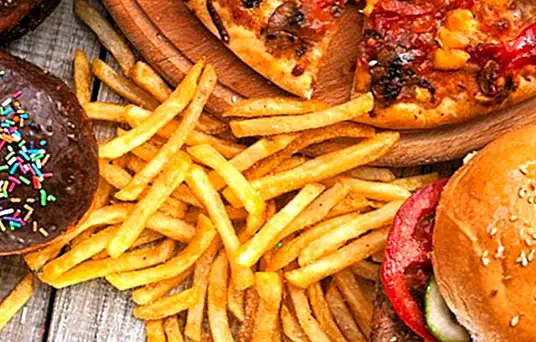Needs of carbohydrates, fats, proteins and main sources

Every day, we need food correctly in order to enjoy good health. This is so, because our body has a series of nutritional needs that have to do with fats or lipids, proteins Y carbohydrates that we need to consume daily.
In this aspect, foods contain organic elements (such as lipids or fats, carbohydrates and carbohydrates, vitamins, proteins and mineral salts) and water and even fiber that are certainly essential for the body.
For this main reason, our daily diet should include up to 50-55% of carbohydrates or carbohydrates, 25-30% of fats and between 12 and 15% of proteins.
Carbohydrates and carbohydrates
As we have mentioned, our daily diet should include up to 50-55% of carbohydrates and carbohydrates, which are the most important nutrient for our body.
This is because carbohydrates are absorbed in the form of glucose, and our cells depend on it to function properly.
As far as carbohydrates are concerned, they are ingested from polysaccharides, especially vegetable starch.
Of course, we must differentiate between simple carbohydrates and complex carbohydrates:
- Simple carbohydrates:They are carbohydrates that our body absorbs at the intestinal level very quickly, being used mainly as energy.
- Complex carbohydrates:They are carbohydrates whose absorption is slower by our body. In this way, sugar is released more slowly in the blood, which helps produce a greater feeling of fullness, for a longer period of time.

Where to find them?The following foods are high in carbohydrates (or carbohydrates): whole grains, wheat and corn flour, wholemeal toast, rye bread, rice, oats, pasta, cooked potatoes, peas, chickpeas, lentils, beans and grains. soy.
Fats or lipids
They have to form between 25 and 30% of our daily diet, and they tend to provide a very caloric energy, although fundamental, since they intervene in the absorption of those vitamins called liposoluble.
In this case, there are two types of fats, which are divided into vegetable fats (which we must take, but in moderation, since through them we metabolize fat-soluble vitamins, and accumulate fats), and animal fats (which are the first that, for example, we must eliminate from the diet when we want to control the high cholesterol).
But it is not worth any type of fat. It is advisable to opt especially for healthier fats, as for example is the case of omega-3 and omega-6 fatty acids. They are considered good fats.

Where to find them? We can find healthy fats in foods such as blue fish (salmon, sardines, tuna, bonito and herring), olive and sunflower oil, pumpkin and sesame seeds, cashews, almonds, walnuts, avocado and lean meats.
And where can we find bad fats? We can find not so healthy fats in foods such as red meats and sausages, butter, whole milk and derivatives (whole milk), chocolate, pastries and precooked products.
Proteins
They are necessary and essential to form and regenerate the different tissues of the body. Of course, when we do the digestion, these are transformed into amino acids, which, some of them, are called as essential amino acids, since our body can not produce them, and are responsible for the energy and composition of hormones, antibodies and enzymes.
Thus, when a food provides the majority of essential amino acids it is said that it contains proteins of high biological value (or of good quality).

Where to find them?We can differentiate between foods with a high protein content of animal origin, and foods with high protein content of vegetable origin. Take note:
- Foods rich in animal protein:Chicken meat, beef, cheese, salmon, fish, egg, yogurt and milk.
- Foods rich in vegetable protein:Soy, quinoa, buckwheat, millet, lentils, beans, tofu, peas and cooked rice.
The best way to provide proteins to our body is to combine vegetable proteins with animal proteins. For example: a serving of grilled breast accompanied with lentils or cooked beans. Or a serving of lentils with beef (stewed type).
Images | Istockphoto This article is published for informational purposes only. You can not and should not replace the consultation with a Nutritionist. We advise you to consult your trusted Nutritionist. ThemesFeeding


